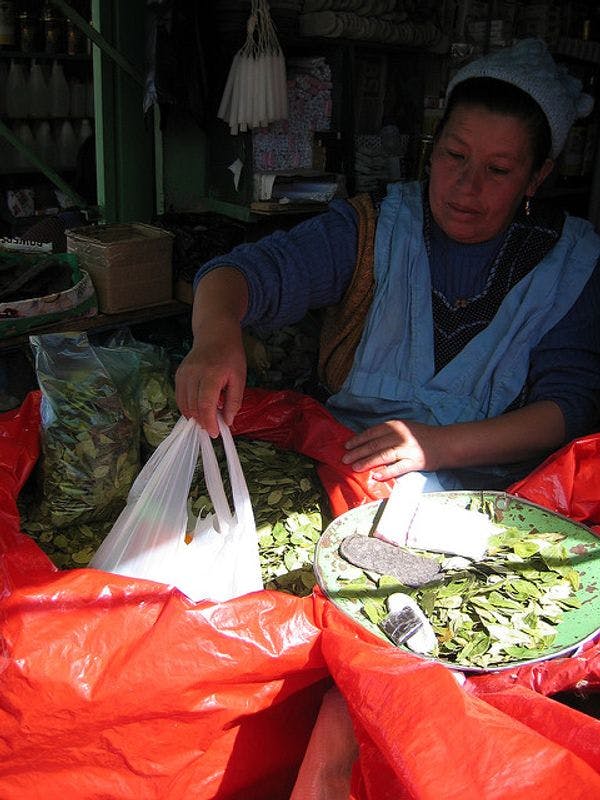Le Pérou peut-il favoriser le développement dans les régions du pays connues pour cultiver de la coca ?
Le nouveau plan péruvien de développement alternatif signale une potentielle prise de distance par rapport aux approches répressives, mais nombreux sont ceux qui craignent qu’il reste bien en deçà d’une réforme substantielle. Pour en savoir plus, en anglais, veuillez lire les informations ci-dessous.
Abonnez-vous à l'Alerte mensuelle de l'IDPC pour recevoir des informations relatives à la politique des drogues.
By Caitlin Fitzgerald
Peru’s president, Pedro Pablo Kuczynski (PPK), has proposed a new alternative development plan for the country’s main coca-growing region in the hope of reducing cultivation of the illicit crop. Is success possible in this historically impoverished area?
Just four years ago, Peru had the ignominy of being the world’s largest cultivator of coca, the raw ingredient used in the production of cocaine. However, cultivation levels have dropped sharply from a recent peak of 62,500 hectares in 2011 to 40,300 hectares in 2015, the lowest in 15 years, according to the United Nations Office on Drugs and Crime.
The Apurimac, Ene and Mantaro River Valleys (VRAEM) region – one of Peru’s most isolated and impoverished - has consistently been the highest coca-producing region since 2011 and is the only area where the Shining Path guerrilla group remain active. The region currently accounts for about 45 per cent of all coca cultivated in Peru.
While pursuing aggressive eradication policies elsewhere in the country, the previous administration cut back on targets in the VRAEM in 2014 due to fears that forcibly removing farmers’ livelihoods could drive them into the hands of the Shining Path.
In light of past failures, PPK, who took office in July, is aiming to tackle coca cultivation in a different way – through development programs under his proposed Economic Corporation of the VRAEMinitiative. The plan would involve financing infrastructure, education and agriculture projects in the VRAEM, with the aim of offering viable and sustainable alternative livelihoods for coca farmers.
Integral to these plans, which he put forward on the campaign trail, is the proposal to give credit and technical assistance to farmers in order to facilitate a switch to a different crop. PPK hopes to replicate the success in other parts of the country where coca farmers have been helped to form successful coffee cooperatives.
Keep up-to-date with drug policy developments by subscribing to the IDPC Monthly Alert.
Thumbnail: Flickr CC Ryan Greenberg
